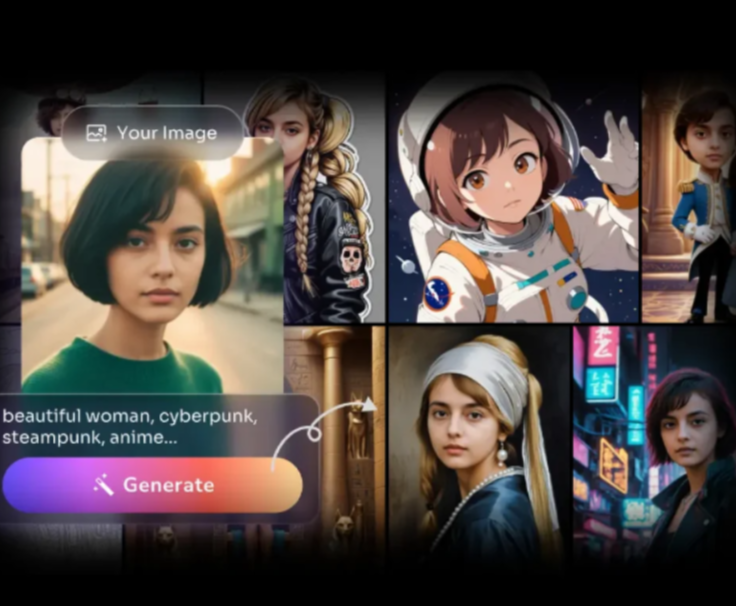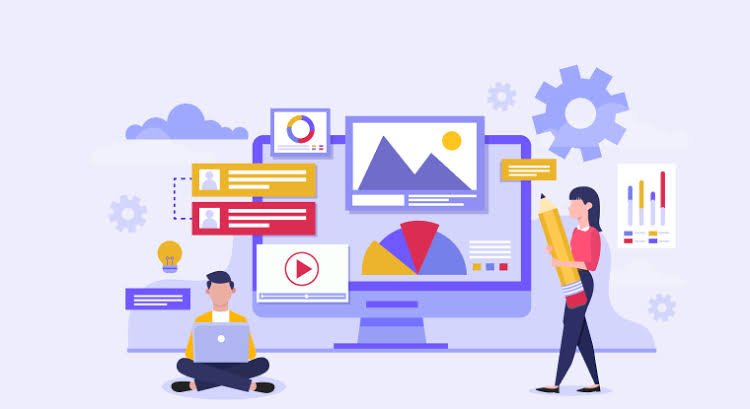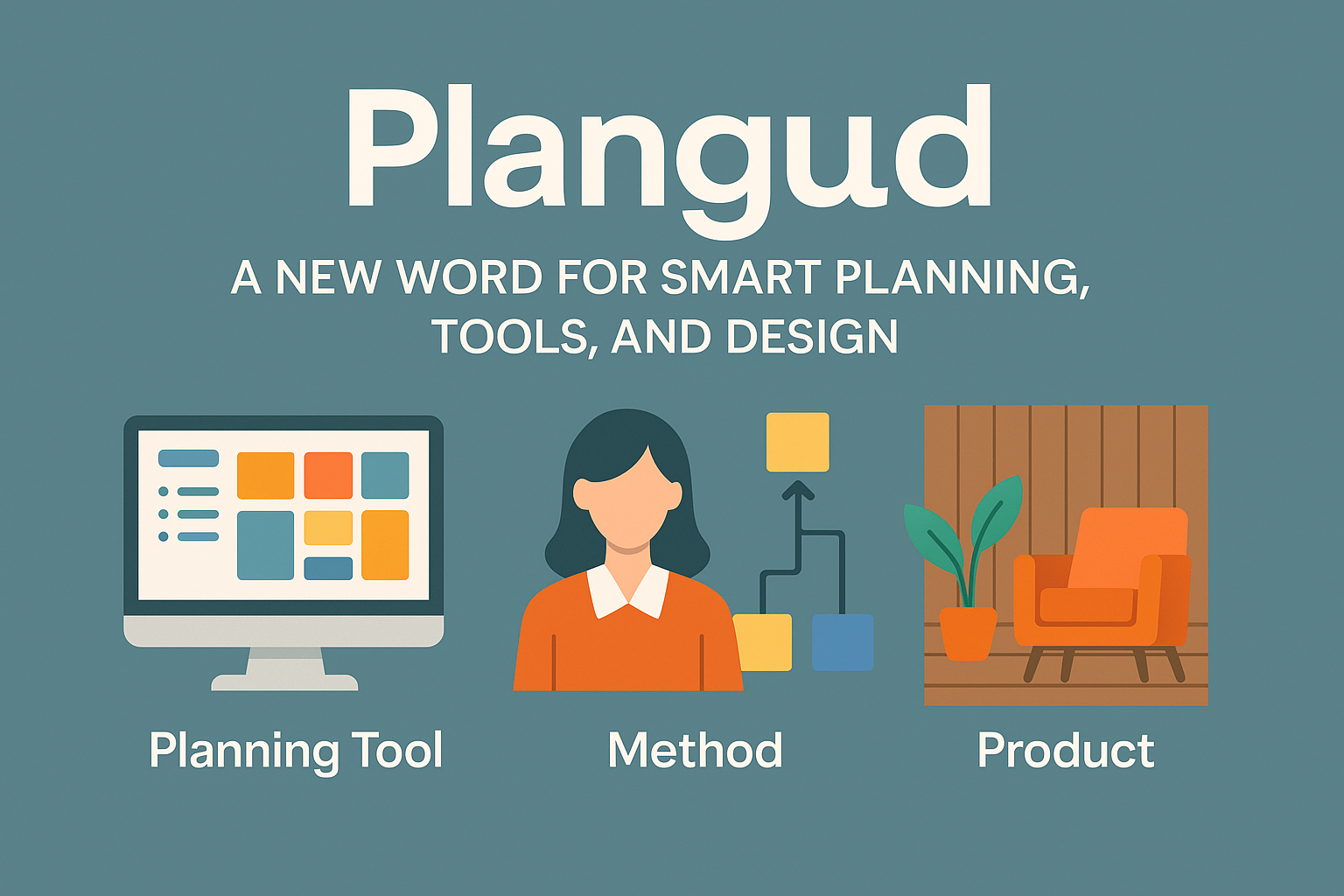From Ideas to Illustrations PicLumen’s Role in Transforming Student Presentations
Imagine turning a simple sketch into a vivid image that perfectly illustrates the concept you’ve been trying to explain. With PicLumen, this dream is now a reality. The emergence of Image to Image technology has revolutionized how we create visually engaging and educational content. Specifically, in the education sector, tools like PicLumen are changing how students develop and present their ideas. This blog post will explore what Image to Image technology is, how it works, and its significant impact on student presentations.
Understanding Image to Image Technology
Image to Image technology is a fascinating advancement in artificial intelligence and machine learning. At its core, it involves transforming one form of visual data into another, effectively converting images from one style or format to another. PicLumen, for instance, uses neural networks to process and alter images, making them more informative and visually appealing. These networks analyze the input image, understand its features, and generate a new output image that meets the desired criteria.
This capability is especially useful in educational settings, where presenting clear, engaging visuals can make a significant difference in how information is received and understood. For students, this means they can convert rough concepts and sketches into polished images that communicate their ideas more effectively.
How PicLumen Works Its Magic
PicLumen leverages advanced machine learning algorithms to provide a user-friendly experience for students. The process begins with the student uploading an initial image or sketch into the PicLumen platform. The AI then analyzes the image using complex data patterns and applies transformations to enhance its quality, style, or format. The result is an image that is not only visually stunning but also tailored to fit the student’s presentation needs.
Students can manipulate various aspects of their images, such as color, lighting, texture, and even add artistic styles that align with their project theme. By simplifying these processes, PicLumen helps students focus more on the content and delivery of their presentations, rather than spending hours fine-tuning their visuals.
Applications Across the Educational Spectrum
The applications of Image to Image technology, particularly in tools like PicLumen, are vast and varied across different educational disciplines.
-
Science and Engineering
In subjects such as biology or physics, demonstrating complex concepts can be challenging. PicLumen allows students to create detailed diagrams and simulations that help illustrate these complex theories in a way that is easier to understand.
-
Arts and Humanities
For art and history students, PicLumen offers the ability to generate art replicas or historical reconstructions, adding depth to their projects and presentations. Students can transform traditional artwork into modern interpretations, fostering a deeper understanding and appreciation of the subject matter.
-
Mathematics and Geometry
In mathematics, visualizing geometrical shapes and mathematical models becomes simpler with PicLumen’s ability to transform abstract numbers and equations into tangible visual forms. This not only aids in comprehension but also in retention of complex mathematical concepts.
Advantages and Challenges in Education
Like any technology, Image to Image tools come with their own set of advantages and challenges.
-
Advantages
The primary benefit is enhanced creativity and efficiency. Students can quickly turn their ideas into professional-quality visuals without needing extensive artistic skills. This empowers them to experiment and innovate in their presentations, enhancing the overall learning experience.
-
Challenges
However, there are also challenges to consider, such as data privacy and the accuracy of AI interpretations. Ensuring that the student’s input image is accurately rendered in the desired style can sometimes be a complex task that requires additional guidance and refinement.
The Future Potential of Image to Image
Looking to the future, Image to Image technology will likely become an integral part of educational tools. Advancements in AI will continue to improve the accuracy and versatility of platforms like PicLumen, enabling more personalized and effective educational experiences.
Incorporating augmented reality and virtual reality elements may further expand how students interact with their learning materials, offering immersive experiences that broaden the scope of traditional education methods.
Conclusion
PicLumen and similar AI tools are at the forefront of transforming how students create and deliver presentations. By harnessing the power of Image to Image technology, students can enhance their learning experience, making concepts more accessible and presentations more impactful. Staying informed about these emerging technologies will be crucial for educators and students alike as we continue to explore new ways to integrate AI into education.







